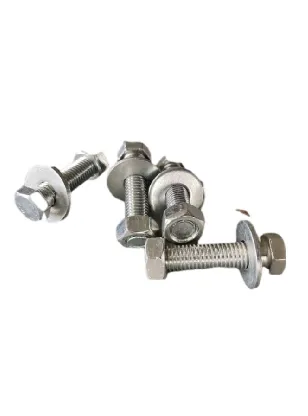loading...
- No. 9, Xingyuan South Street, Dongwaihuan Road, Zaoqiang County, Hengshui, Hebei, China
- admin@zjcomposites.com
- +86 15097380338
- Welcome to visit our website!
reverse osmosis water treatment
Reverse Osmosis Water Treatment A Comprehensive Overview
Reverse osmosis (RO) is a widely used water purification technology that effectively removes impurities and contaminants from water. The process has gained significant importance in various applications, including drinking water production, wastewater treatment, and industrial processes. This article delves into the mechanics of reverse osmosis, its benefits, applications, and potential drawbacks.
Reverse Osmosis Water Treatment A Comprehensive Overview
One of the primary advantages of reverse osmosis is its ability to remove a broad spectrum of contaminants. These include not only common impurities like chlorine, fluoride, and heavy metals but also dissolved salts and other pathogens. This makes RO an effective solution for producing clean drinking water, especially in areas where the water supply is compromised or contaminated.
reverse osmosis water treatment

The versatility of reverse osmosis also extends to various applications. In residential settings, RO systems are often installed under kitchen sinks or as part of whole-house water purification setups. Many industries, including pharmaceuticals, food and beverage, and electronics manufacturing, rely on RO systems to ensure the purity required for their processes. Additionally, reverse osmosis plays a crucial role in desalination, providing fresh water from seawater, particularly in arid regions where fresh water is scarce.
While the benefits of reverse osmosis are significant, there are also some downsides to consider. One of the main concerns is water wastage. The RO process generates a certain amount of wastewater, which can be as high as three times the amount of purified water produced, depending on the system’s efficiency and design. This can be a critical issue in water-scarce regions where every drop counts. Moreover, the necessity of regular maintenance, including membrane replacement and system cleaning, may lead to additional costs for homeowners and businesses alike.
Another consideration is that reverse osmosis not only removes harmful contaminants but can also strip away beneficial minerals from water, such as calcium and magnesium. This can result in mineral-deficient water, which may not be ideal for optimal health. To address this concern, some RO systems are designed with remineralization filters that add essential minerals back into the purified water.
In conclusion, reverse osmosis water treatment is a robust and effective technology for providing clean and safe water. Its ability to remove a wide range of contaminants makes it suitable for various applications, from residential use to industrial processes. While there are some challenges, such as water wastage and mineral removal, advancements in technology continue to improve the efficiency and effectiveness of RO systems. As global water scarcity becomes an increasing concern, reverse osmosis remains a vital component in the quest for sustainable water management solutions.
-
The Rise of FRP Profiles: Strong, Lightweight, and Built to LastNewsJul.14,2025
-
SMC Panel Tanks: A Modern Water Storage Solution for All EnvironmentsNewsJul.14,2025
-
GRP Grating: A Modern Solution for Safe and Durable Access SystemsNewsJul.14,2025
-
Galvanized Steel Water Tanks: Durable, Reliable, and Ready for UseNewsJul.14,2025
-
FRP Mini Mesh Grating: The Safer, Smarter Flooring SolutionNewsJul.14,2025
-
Exploring FRP Vessels: Durable Solutions for Modern Fluid HandlingNewsJul.14,2025
-
GRP Structures: The Future of Lightweight, High-Performance EngineeringNewsJun.20,2025
